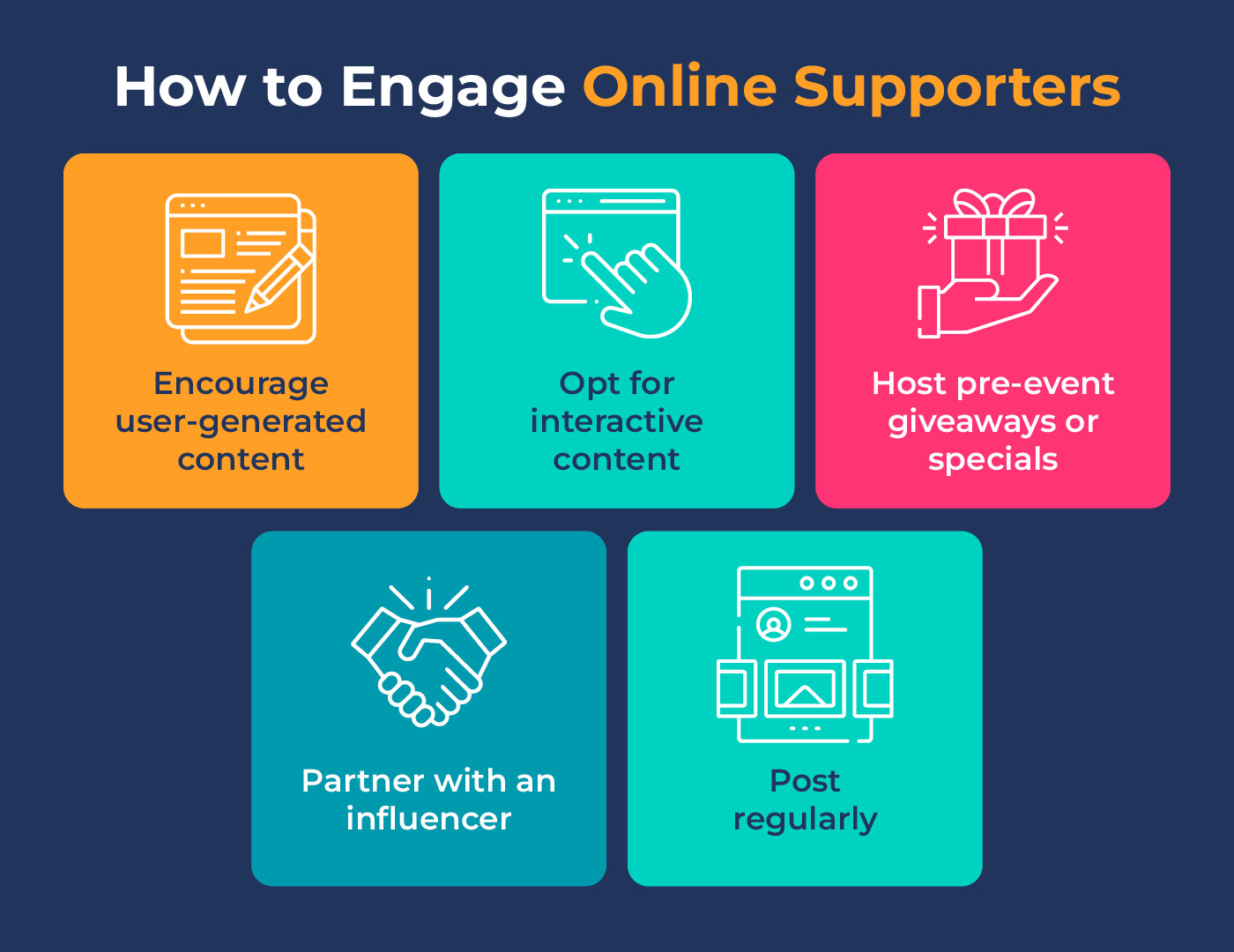
Silent auctions are excellent fundraising opportunities due to their flexible format and inviting atmosphere. They are great networking opportunities and can suit many kinds of events, audiences, and causes. However, depending on the format you choose, they can come with more planning than other fundraising events.
Not to mention, silent auctions are popular fundraising options, so you want to make sure yours stands out amidst a crowded space. You can do this by preparing an engaging marketing plan that drums up excitement and draws in event attendees. In this guide, we’ll review five game-changing strategies you can use to activate your marketing potential and bring in more supporters, let’s begin!
1. Understand your audience
When planning your marketing strategy, it’s helpful to start with the end in mind—who are you trying to reach? Once you’ve identified your target audience, you can backtrack to create a compelling campaign that they’re most likely to interact with. To paint a comprehensive picture of your audience, there are several different sources you’ll need to pull from, including:
- Previous data. Referencing relevant, older campaign data can help you get a sense of which strategies or channels seem to generate the most engagement. For instance, a school fundraiser might find that their email campaign brought in a record number of new attendees.
- Demographics. Take the average age, location, education, and employment of your audience into account when determining which channels and strategies will be the most productive.
- Previous engagement. Look into your audience’s giving history, previous event attendance, in-kind donation support, or online engagement with your cause to understand how to best reach them.
As you collect this data, segment your findings based on shared characteristics and tailor your message strategy to each segment. For instance, if you plan on hosting a black-tie auction event, you might send handwritten letters in addition to providing website updates.
2. Invest in multi-channel outreach
Refer to your audience data to cast a wide net when planning your auction marketing communications. You can promote your silent auction on several different platforms (while prioritizing the ones, your audience is most likely to interact with), such as:
- Your organization’s website. Your website is the digital home base for your operations, so it’s the first place many supporters will look for more event-related information. That said, it’s necessary to create a dedicated webpage that explains your silent auction and how supporters can sign up.
- Email marketing. Supplement your auction-related email blasts by featuring your upcoming event details in your newsletter. Direct recipients to your dedicated webpage to find more information and sign up for tickets.
- Social media. Create social media posts based on your existing platforms. For example, you could create a short promotional reel for Instagram and a well-designed graphic and caption for an informative Facebook post.
- Sponsor connections. Ask sponsors and other community partners to hang up flyers, repost your Instagram announcements, and encourage their audience to sign up for your silent auction.
Consider all of these channels as you finalize your marketing strategy and track the analytics related to each. For instance, you’ll want to track email open rates, social media likes, and click-through rates to gauge performance. This way, you’ll have reliable data you can look back on for future campaigns.
3. Feature your auction items
Your auction items are the main event. Show them off by featuring them in your marketing materials to drum up excitement and get bidders invested. As SchoolAuction.net’s auction ideas guide points out, “different items tend to draw different crowds”, so consider which items your audience is most interested in—perhaps exclusive event tickets or getaways packages are a hit, or maybe a spa day weekend?
Capture high-quality photographs of your items to post them on social media teasers or “behind-the-scenes” sneak peeks. For instance, if you’re featuring a cooking class, you might show off images of the completed dishes while promoting the instructor’s culinary expertise and accomplishments. Supplement this post with engaging language like “Cook a mouth-watering five-star meal with celebrity chef, Suzanne Jones.”
If you have one or two of the same items that draw in the most bids each year, you could gather the previous winner’s testimonials to highlight the item. Hearing a positive first-hand experience of an item can then persuade your audience to sign up and cast their bids.
4. Engage your supporters
Unfortunately, sometimes posting alone will not generate a large event turnout. That’s why your nonprofit must be thoughtful to create engaging posts to keep pre-event momentum going. You can do this in several ways, including:

- Encouraging user-generated content. Invite your supporters to share their stories, experiences, or thoughts related to your cause via dedicated hashtags on social media.
- Opting for interactive content. Post polls like “Which auction item are you most excited about?” to get your audience thinking about how they’ll place their bids.
- Hosting pre-event giveaways or specials. You can host “an early bird” ticket special or an online raffle giveaway as you approach the event date.
- Partnering with an influencer. Reach out to well-known influencers in your nonprofit space to promote your event online and come in person.
- Posting on a regular schedule. Maintain a regular posting schedule ahead of the event and respond to comments and questions promptly to keep your audience engaged.
Instead of making static, informative posts, consider creating more dynamic and compelling content that drives viewers to action. You can add videos, questions, special promotional opportunities, and other activities to increase interactions and facilitate a stronger connection between you and your audience.
5. Recognize event sponsors
Event sponsors and other community partners are an integral part of your silent auction’s success. Note that support can come in different shapes and sizes from financial to in-kind, to even media and marketing support. Your corporate sponsors are responsible for offering you items at a free or discounted rate, spreading the word, and even persuading their community to take part in your event.
Make sure your relationship with them is mutually beneficial. This means you can use auction software to create sponsorship packages that offer free tickets, merchandise, and placement of their logo on your marketing materials. Doing so enables you to acknowledge the impact of your sponsors’ support and cultivate lasting relationships with them.
Equipped with these game-changing tips, your nonprofit can market its silent auction effectively. Remember to give yourself plenty of time to conduct audience research and plan your posts, so that once auction season is in full swing, your team will be ready.
